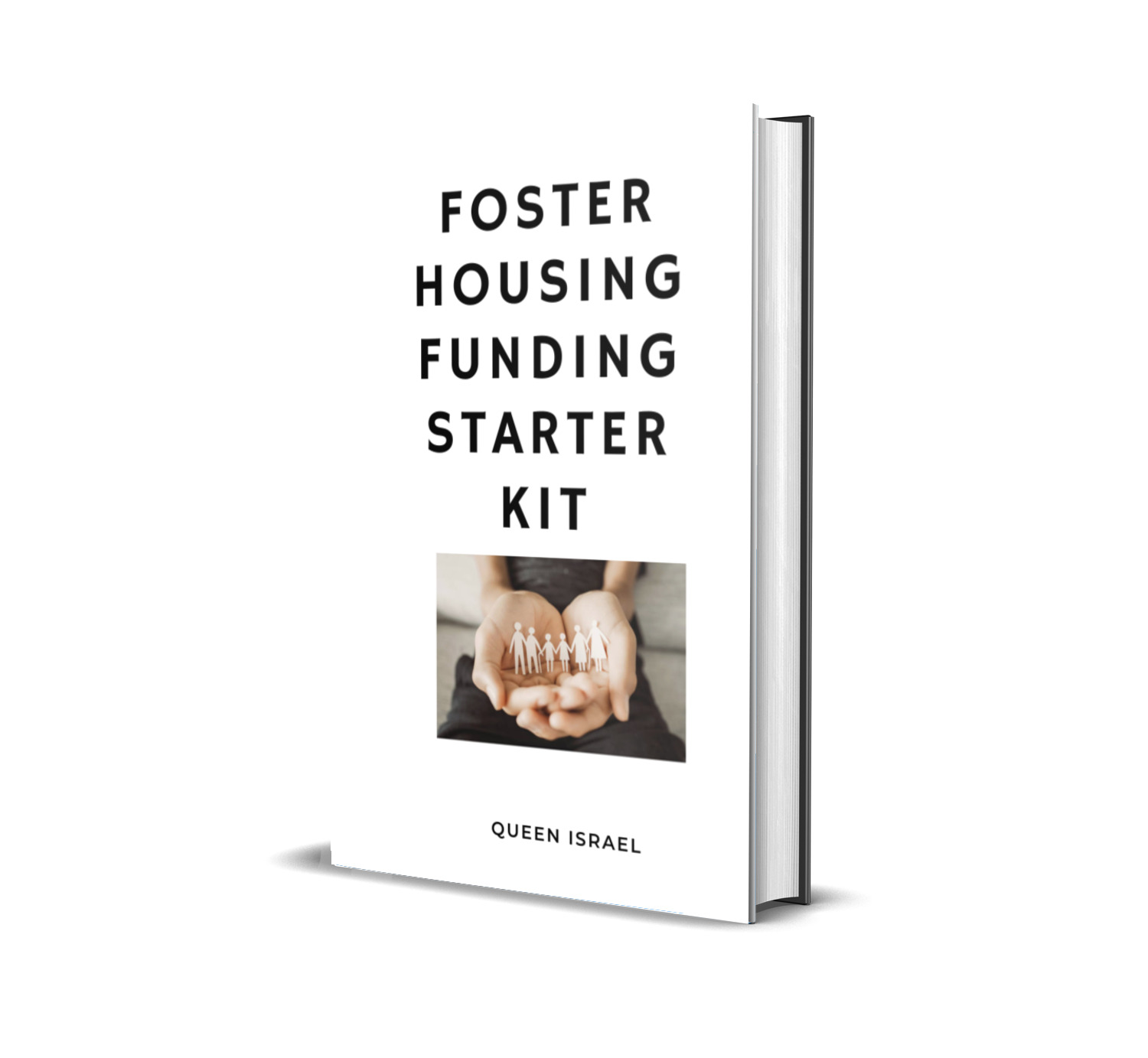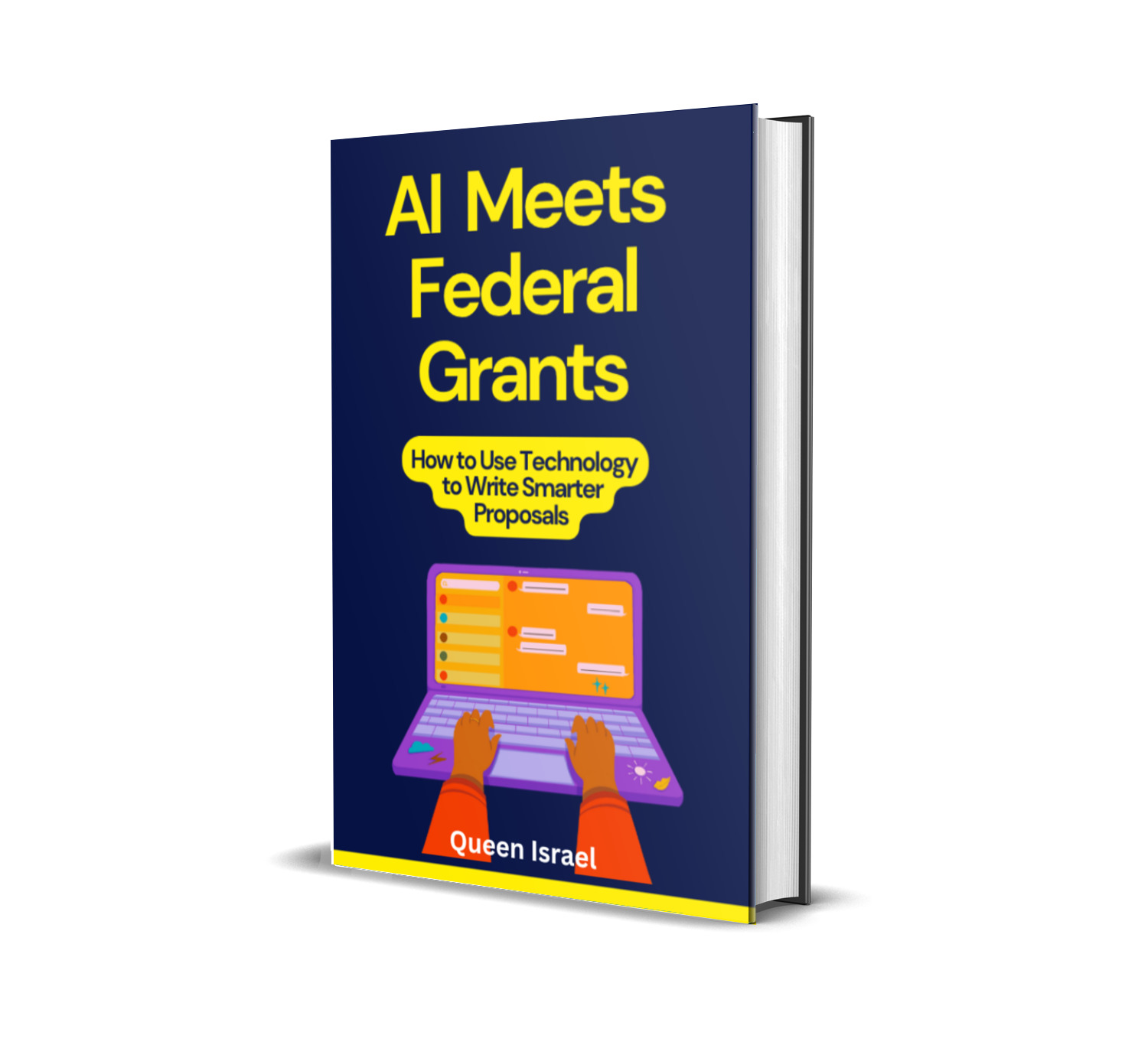In times of crisis, whether caused by natural disasters, economic downturns, or personal hardships, individuals and families often find themselves struggling to make ends meet. In response, many organizations, including government agencies, nonprofits, and private foundations, offer hardship relief grants to provide financial support and help individuals and families navigate these difficult situations.
Hardship relief grants are designed to assist people who are facing financial challenges by covering essential expenses like housing, food, medical bills, and utilities. These grants serve as a lifeline, offering immediate relief and stability during hard times.
Understanding how to access these grants can make all the difference when you need help the most. In this article, we’ll dive into what hardship relief grants are, who qualifies for them, where to find them, and how you can apply.
What Are Hardship Relief Grants?
Hardship relief grants are financial assistance provided by various organizations to help individuals and families in crisis situations. These grants are typically unrestricted or designated for specific needs, including paying for emergency medical expenses, rent or mortgage payments, utilities, and other critical living expenses. Unlike loans, grants do not require repayment, making them a more accessible option for those struggling financially.
Hardship relief grants are meant to alleviate the burden of immediate financial needs, often during a crisis such as the loss of income, health-related expenses, or natural disasters. They are typically available to low-income individuals, families in distress, or community organizations helping vulnerable populations.
These grants are essential because they can provide a temporary but vital lifeline, allowing people to regain financial stability while they recover or get back on their feet.
Types of Hardship Relief Grants
There are various types of hardship relief grants that target different aspects of a person’s life. Some grants focus on immediate needs, such as food or shelter, while others may be designed to support long-term recovery after a crisis. Here are some of the common categories of hardship relief grants:
- Disaster Relief Grants: These grants are offered to individuals and families affected by natural disasters such as hurricanes, earthquakes, wildfires, and floods. In the aftermath of a disaster, people can apply for grants to help pay for home repairs, temporary housing, medical care, and other essential needs. For example, FEMA (Federal Emergency Management Agency) in the U.S. provides grants for disaster recovery, covering everything from basic shelter to more extensive repairs.
- Medical Hardship Grants: Medical bills can be overwhelming, especially during times of illness or injury. Medical hardship grants help cover the cost of treatments, medications, and medical procedures that are necessary but not covered by insurance. Health insurance policies can sometimes leave gaps in coverage, or people may be without insurance altogether. Organizations such as The HealthWell Foundation or Patient Advocate Foundation offer medical hardship grants to assist with healthcare-related expenses.
- Utility Assistance Grants: When utilities like electricity, water, or heating become unaffordable, these grants can help cover the outstanding bills, preventing service disconnections. For example, the Low Income Energy Assistance Program (LIHEAP) offers grants to eligible households struggling to pay energy bills. These programs are critical during the winter months, where heating costs can increase significantly.
- Rental Assistance Grants: These grants provide assistance with rent or mortgage payments for individuals who have fallen behind due to financial hardship. With evictions on the rise in many areas, these grants are crucial in preventing homelessness. Programs such as the Emergency Rental Assistance Program (ERAP) offer support for those at risk of eviction, helping to cover rent or utilities.
- Food Assistance Grants: These grants help provide access to essential food items, whether through food banks, meal programs, or direct assistance for grocery purchases. In the U.S., organizations like Feeding America distribute grants and food assistance to local food banks, helping to feed families who are struggling to make ends meet.
- Mental Health Relief Grants: Mental health is an often-overlooked area when it comes to financial relief. These grants are available to support individuals seeking therapy or other mental health services during challenging times. For instance, The National Alliance on Mental Illness (NAMI) offers information and connections to funding sources for individuals needing mental health support.
Who Qualifies for Hardship Relief Grants?
Each grant has its own set of criteria, but in general, qualifying for hardship relief grants typically depends on factors like:
- Income level: Most hardship relief programs are income-based, meaning they are available to individuals and families with low or no income due to unforeseen circumstances. For example, many programs are aimed at those below the federal poverty line or with certain income thresholds.
- Residency: Some grants may require you to be a resident of a particular city, state, or country. For example, federal disaster relief programs are usually available to U.S. citizens and residents, while local programs may target specific communities.
- Documentation of need: You will often need to provide documentation of the hardship you’re experiencing. This might include a job loss notice, medical bills, or a letter from a social services provider.
- Crisis situation: You may need to prove that you are currently facing a financial crisis, whether due to a natural disaster, medical emergency, job loss, or other unforeseen event.
- Age: Some programs may target seniors, individuals with disabilities, or families with children, who are more likely to experience hardship.
How to Apply for Hardship Relief Grants
The process of applying for hardship relief grants can vary widely depending on the type of grant and the organization offering it. However, there are a few general steps that can guide you:
- Research Available Grants: Start by looking for grants that meet your specific needs. Many local, state, and federal agencies offer hardship relief programs, and you can find them on websites like Grants.gov, your state’s official website, or nonprofit organizations dedicated to supporting families in need. Websites like The National Low Income Housing Coalition and United Way can also be valuable resources. Some local organizations may also offer small grants to help families and individuals during times of need.
- Gather Required Documentation: Most grants require you to provide supporting documents such as proof of income, medical records, proof of residency, or emergency notices. Be sure to gather all necessary documentation before applying. For example, you may need to provide tax returns, medical bills, eviction notices, or unemployment benefit paperwork.
- Complete the Application: Many grants require online applications, though some may still accept paper applications. Be sure to follow all instructions carefully and provide accurate information. Some grants may require essays or personal statements explaining your hardship, so take the time to explain your situation clearly.
- Submit Your Application: After filling out the application, submit it before the deadline. Some grants may have specific deadlines, so be mindful of this when applying. If the grant is competitive, you may want to submit early to ensure your application is considered.
- Wait for Approval: After submitting your application, the organization will review your materials and determine whether you qualify. This process can take time, but you will typically be notified whether you’ve been approved or denied.
- Receive Your Grant: If you are approved for a grant, you will receive the funds either as a direct payment or as assistance to cover specific expenses. Some grants may distribute funds directly to service providers (e.g., landlords, utility companies), while others will provide funds directly to the applicant.
Resources to Find Hardship Relief Grants
If you’re not sure where to begin, here are some valuable resources to help you find hardship relief grants:
- Grants.gov: A comprehensive database of federal grants, including those related to hardship relief.
- USA.gov: This government website provides information on grants and other financial assistance for U.S. citizens.
- The United Way: A nonprofit that offers community-based grants and assistance programs for families in need.
- Local and State Websites: Many state and local governments offer hardship relief grants, so it’s important to check your local government’s website for resources.
- Charitable Organizations: Many private foundations and charitable organizations provide hardship relief grants. Examples include The Salvation Army, Red Cross, and Catholic Charities.
- Nonprofits Focused on Specific Causes: Some organizations may focus specifically on providing hardship relief grants to specific groups, such as veterans, seniors, or people with disabilities.
Important Data and Stats on Hardship Relief Grants
Understanding the scale of financial need can give you insight into how many people benefit from these grants. According to a 2019 U.S. Census Bureau report, approximately 12.3% of the U.S. population lives below the poverty line, equating to more than 40 million people who may qualify for hardship relief programs.
Additionally, disaster relief grants saw a significant increase following major natural disasters. For example, in the aftermath of Hurricane Katrina, the federal government allocated over $100 billion in disaster relief, highlighting the importance of these programs in times of crisis.
Why Hardship Relief Grants Matter
Hardship relief grants are essential for alleviating the financial burden caused by unexpected circumstances. They help people stay afloat when their income is disrupted, their health is compromised, or their homes are at risk. By providing immediate financial assistance, these grants enable individuals and families to maintain a level of stability until they can get back on their feet.
These grants also promote economic recovery. According to National Public Radio (NPR), disaster relief grants play a significant role in rebuilding communities, not only by helping individual families but by stimulating local economies and infrastructure rebuilding.
How Hardship Relief Grants Are Changing
The landscape of hardship relief grants is constantly evolving. More foundations and government programs are focusing on universal basic income, financial literacy, and long-term recovery in addition to immediate relief. This shift aims to address the root causes of financial hardship while still providing support for emergency situations.
Conclusion
Hardship relief grants are a crucial tool for individuals and families facing financial difficulties due to unforeseen events. Whether it’s disaster recovery, medical bills, or food and housing assistance, there are a variety of programs available to help. It’s important to research and apply for the grants that best fit your needs, and always make sure to provide the necessary documentation.
To increase your chances of success in applying for hardship relief grants, subscribe to the Grant Writing Academy Newsletter. You’ll get access to expert tips, strategies, templates, tools, and other resources that will help you navigate the grant application process with ease. With the right knowledge and resources, you can maximize your chances of securing the financial relief you need.
Subscribe to our newsletter todayand take your grant writing efforts to the next level!
Additional Resources and Support
a) Expand Your Knowledge
The grant writing field is always evolving. Keep learning and improving your skills to stay competitive.
Recommended Resources:
- Request for Proposal Success: How to Write Proposals That Win: Learn the techniques and strategies to create standout proposals.
- Tech Startup Funding Secrets: Navigating Grants for Maximum Growth: Perfect for those in the tech sector looking to leverage grants for scaling.
- Grant Proposal Guide for Environmental Projects: Tailored for environmental initiatives seeking to secure impactful funding.
- The Ultimate Guide to Federal Grant Applications: Techniques for Success: Master the complexities of federal grants with actionable insights.
Explore More Books Here
b) Invest in Expert Guidance
Want to fast-track your growth and achieve even more success?
Join one of our mentorship programs for tailored advice and support:
Mentorship Programs:
- 3-Month Mentorship: The Foundation Builder: A short-term plan to refine your grant writing skills and win your first (or next) grant.
- 6-Month Mentorship: The Proposal Pro: Dive deeper into strategies, proposal reviews, and funding plans.
- 1-Year Mentorship: The Funding Champion: Build long-term success with comprehensive guidance, unlimited reviews, and exclusive resources.
C) Book a One-on-One Consultation
Sometimes you just need personalized advice to tackle challenges or fine-tune your strategy. Let’s work together to solve your unique grant writing challenges.






